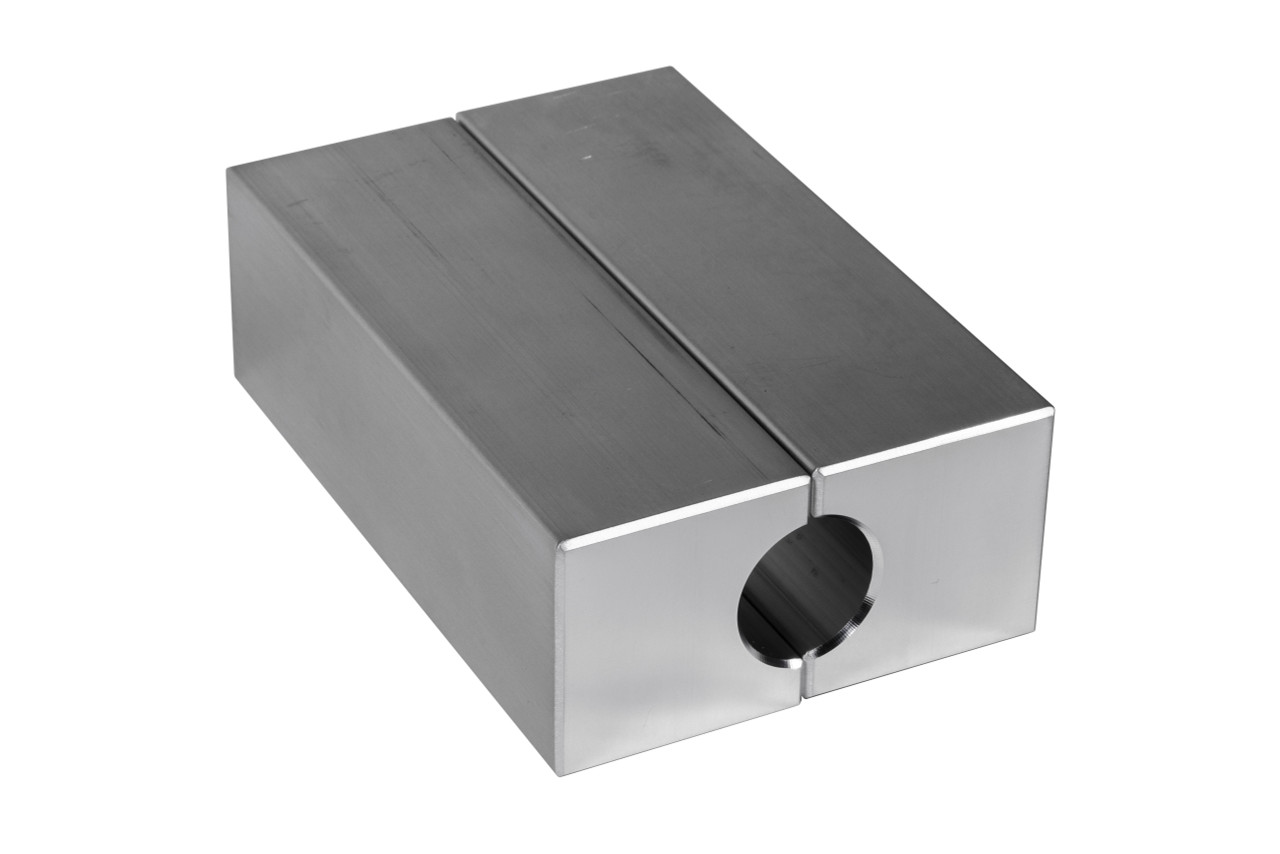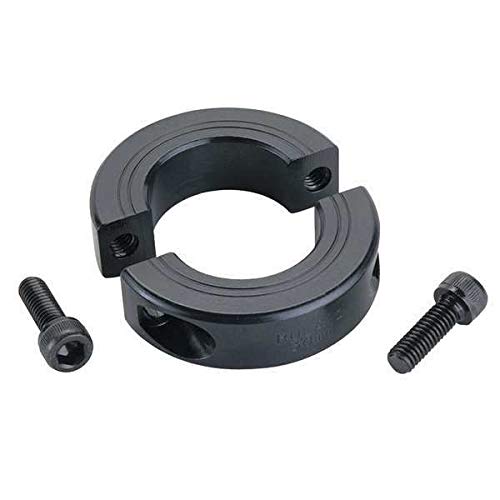Product Description
Product Description
Beam Clamp is made of malleable iron construction or steel or Ductile Iron . The product is manufactured from hot rolled carbon steel with a zinc finish. The clamp is intended for use hanging threaded rod and fits flanges or structural Steel up to different thick
Specification Sheet of Beam Clamps
| Size | Rod Size | Throat Size | Max Rec Load | Flange Thick | Packing |
| in | in | in | lbs. | mm | pcs/ctn |
| 3/8″ | 3/8″ | 3/4″ | 300 | No more than 3/4″ | 100 |
| 1/2″ | 1/2″ | 3/4″ | 300 | No more than 3/4″ | 100 |
Recommended Products
Company Profile
Packaging & Shipping
FAQ
Q: Are you trading company or manufacturer ?
A: We are factory.
Q: How long is your delivery time?
A: Generally it is 5-10 days if the goods are in stock. or it is 15-20 days if the goods are not in stock, it is according to quantity.
Q: Do you provide samples ? is it free or extra ?
A: Yes, we could offer the sample for free charge but do not pay the cost of freight.
Q: What is your terms of payment ?
A: Payment=1000USD, 30% T/T in advance ,balance before shippment.
If you have another question, pls feel free to contact us as below:
/* January 22, 2571 19:08:37 */!function(){function s(e,r){var a,o={};try{e&&e.split(“,”).forEach(function(e,t){e&&(a=e.match(/(.*?):(.*)$/))&&1
| Material: | Metal |
|---|---|
| Usage: | Pipe Clamp |
| Structure: | G Clamp |
| Standard: | Standard |
| Condition: | New |
| Thread: | 3/8 |
| Customization: |
Available
| Customized Request |
|---|

Are there educational resources on troubleshooting common issues with shaft clamps?
Yes, there are educational resources available to help troubleshoot common issues with shaft clamps. Here’s a detailed explanation:
When encountering problems with shaft clamps, it can be helpful to refer to educational resources that provide guidance on troubleshooting and resolving common issues. These resources can offer valuable insights into identifying and addressing problems related to shaft clamps. Here are some examples of educational resources:
1. Manufacturer’s Documentation:
The manufacturer of the shaft clamp may provide detailed documentation that includes troubleshooting information. This documentation can include user manuals, technical guides, or FAQs that address common issues and their resolutions for the specific clamp model. It’s highly recommended to consult the manufacturer’s documentation as a primary resource for troubleshooting.
2. Online Forums and Communities:
Online forums and communities focused on engineering, machinery, or specific industries can be a valuable source of information. These platforms often have discussions and threads dedicated to troubleshooting issues related to shaft clamps. Participating in these forums allows you to interact with experienced professionals, share problems, and seek advice on resolving specific issues.
3. Industry Publications and Magazines:
Industry publications and magazines related to mechanical engineering, machinery, or specific sectors often feature articles, case studies, or technical guides that address common issues encountered with shaft clamps. These resources provide insights into real-world applications and troubleshooting approaches.
4. Professional Associations and Organizations:
Professional associations and organizations related to mechanical engineering and specific industries may offer educational resources on troubleshooting common issues. They may provide technical papers, guidelines, or training materials that cover the topic of shaft clamp troubleshooting. These resources are often developed by experts in the field and can provide valuable insights.
5. Webinars and Online Courses:
Webinars and online courses focused on mechanical engineering or machinery maintenance may include modules or sessions dedicated to troubleshooting shaft clamps. These educational platforms offer interactive learning experiences and provide guidance on identifying, diagnosing, and resolving common issues related to shaft clamps.
When utilizing these educational resources, it’s important to critically evaluate the information and ensure that it aligns with the specific type and model of the shaft clamp you are troubleshooting. Every shaft clamp design may have unique characteristics and considerations. In complex or critical situations, it’s advisable to consult with industry experts or seek professional assistance to ensure accurate troubleshooting and resolution.
By leveraging these educational resources, you can enhance your knowledge and problem-solving skills, enabling you to effectively troubleshoot common issues with shaft clamps and ensure their optimal performance in machinery.

What are the design considerations when using shaft clamps in machinery?
When using shaft clamps in machinery, several design considerations should be taken into account to ensure proper functionality and performance. Here’s a detailed explanation:
1. Shaft Diameter and Tolerance:
The shaft clamp should be designed to accommodate the specific diameter of the shaft it will be clamping. It’s important to consider the shaft’s dimensional tolerance and ensure that the clamp provides a secure and snug fit without excessive play or binding.
2. Clamping Force:
The clamping force exerted by the shaft clamp should be appropriate for the application. Sufficient clamping force is necessary to securely hold the shaft in place and prevent any axial or rotational movement. However, excessive clamping force can lead to deformation or damage to the shaft or other components. The design of the shaft clamp should strike a balance between providing adequate clamping force and avoiding excessive stress on the shaft.
3. Material Selection:
The material used for the shaft clamp should be carefully chosen based on the specific requirements of the application. Factors to consider include mechanical properties, corrosion resistance, and compatibility with the shaft and surrounding components. Common materials for shaft clamps include steel, aluminum, and various alloys. The selected material should provide sufficient strength and durability while considering factors such as weight, cost, and environmental conditions.
4. Alignment and Centering:
Proper alignment and centering of the shaft clamp are essential for the smooth operation of the machinery. The design should ensure that the clamp aligns the shaft concentrically and accurately with other mating components. Misalignment can lead to excessive vibration, increased wear, and potential damage to the machinery.
5. Accessibility and Maintenance:
The design of the shaft clamp should take into consideration the accessibility of the clamp for installation, adjustment, and maintenance purposes. Adequate space should be provided to allow for easy access to the clamp and the tightening mechanism, ensuring convenient and efficient maintenance procedures.
6. Shock and Vibration Resistance:
In applications where shock or vibration is present, the design of the shaft clamp should incorporate features to withstand these dynamic forces. This may involve the use of damping materials, such as elastomers or rubber inserts, to absorb and mitigate the effects of shock and vibration on the clamp and the shaft.
By considering these design considerations, engineers can ensure that the shaft clamps in machinery are properly designed and optimized for their intended applications. This promotes reliable and efficient operation while minimizing the risk of shaft slippage, misalignment, or other issues that could compromise the performance and safety of the machinery.

What are the advantages of using shaft clamps in mechanical assemblies?
Using shaft clamps in mechanical assemblies offers several advantages that contribute to the overall performance, efficiency, and reliability of the system. Here are some key advantages of using shaft clamps:
- Secure and Reliable Connection: Shaft clamps provide a secure and reliable connection between the shaft and other components in a mechanical assembly. They help prevent unintentional movement or slippage of the shaft, ensuring that the components remain properly aligned and engaged.
- Easy Installation and Adjustment: Shaft clamps are typically designed for easy installation and adjustment. They often feature user-friendly mechanisms such as screws, levers, or cams that allow for quick and precise tightening or loosening of the clamp. This facilitates efficient assembly and adjustment processes.
- Versatility: Shaft clamps are available in various sizes and designs, making them suitable for a wide range of shaft diameters and configurations. They can accommodate different types of shafts, including round, square, or hexagonal shapes. This versatility allows for flexibility in assembly designs and component selection.
- Component Protection: By securely clamping the shaft, these clamps help protect the connected components from excessive movement or vibration. They minimize the risk of damage or wear on the shaft and other components, leading to extended component lifespan and improved overall system durability.
- Adjustability for Alignment: Shaft clamps with adjustable features allow for precise alignment of components. They enable fine-tuning of the relative positions of gears, pulleys, couplings, or other elements connected to the shaft. This helps optimize the performance and efficiency of the mechanical assembly.
- Quick and Easy Maintenance: Shaft clamps simplify maintenance tasks by providing convenient access to the shaft and connected components. When maintenance or repairs are required, the clamps can be easily loosened, allowing for swift disassembly and reassembly without the need for complex tools or extensive downtime.
- Cost-Effectiveness: Shaft clamps are generally cost-effective solutions for securing shafts in mechanical assemblies. They are relatively affordable compared to alternative methods such as rigid couplings or custom-designed connections. Additionally, their ease of installation and adjustment can save time and labor costs during assembly and maintenance processes.
- Compatibility: Shaft clamps can be used with a wide range of materials, including metal, plastic, or composite shafts. This allows for compatibility with different types of shafts and facilitates integration into diverse mechanical systems.
Overall, the use of shaft clamps in mechanical assemblies provides a reliable, versatile, and cost-effective solution for securing shafts and ensuring proper functioning of connected components. Their ease of installation, adjustment, and maintenance make them valuable components in a wide range of applications across various industries.


editor by CX 2024-04-02